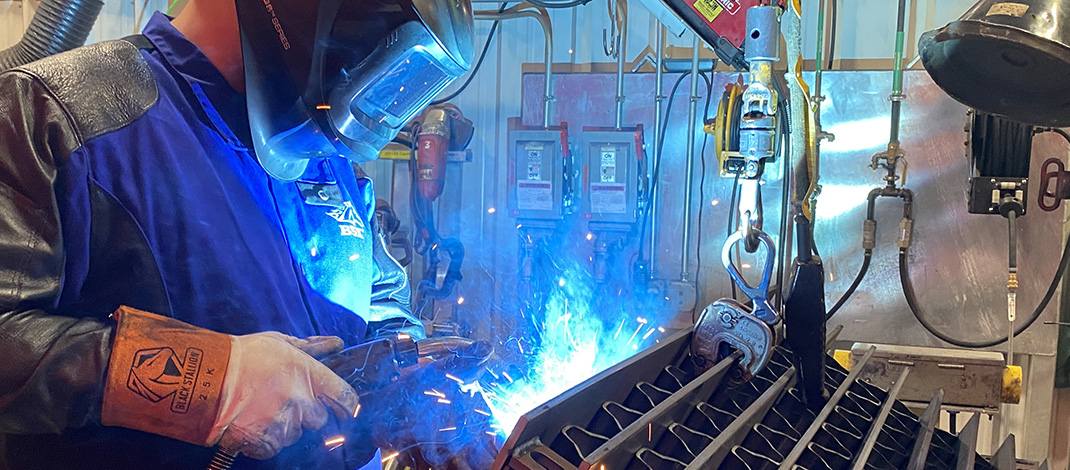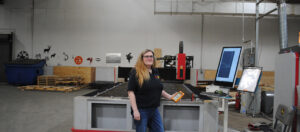By Deborah Jeanne Sergeant
The manufacturing boom in CNY needs workers for a variety of roles — and not just to fill future openings at Micron Technology.
Kelly Vann, spokesperson for Lockheed Martin Corporation in Syracuse, said that their biggest need focuses on engineering roles.
“It reflects the incredible work we were awarded from customers recently, including new contracts for our ground-based radar called TPY-4 for the country of Norway, as well as a few Army contracts for our short-range radars,” Vann said. “We are also growing our cyber, electronic warfare and underseas work in Syracuse.”
According to the Bureau of Labor Statistics, an engineer in the Syracuse area makes an annual mean wage of $100,160.
Karen Knapik-Scalzo, associate economist with New York State Department of Labor Division of Research & Statistics in Syracuse, said that in Oswego County, “the fabricated metal product manufacturing sector has been showing over-the-year job growth and its average annual pay is $61,701.”
She listed typical job titles in this sector to include: machinists; assemblers and fabricators; welders, cutters, solderers and brazers; sheet metal workers; and computer numerically controlled tool operators.
The reason that so many of these positions remain open lies in the past emphasis on other skills and degree paths.
Patrick Christopher Penfield, professor in the management department at Syracuse University, said that the skilled manufacturing sector has been overlooked.
“We are now starting to see colleges and universities offering training and degrees in these areas which will help manufacturers like Micron in the future,” Penfield said.
Randy Wolken, president and CEO of the Manufacturers Association of Central New York, said that the trend affects many of his organization’s members. Most have a 10% open rate in positions like welder, CNC operator, and other technician-level roles.
“State apprenticeship program can help ‘up-skill’ people,” he said. “That’s how we’ll provide the people as people continue to invest in apprenticeships and earning skills on the job. Since we started our registered apprenticeship, we’ve started 30 new pathways. They can head right out of high school to an apprenticeship. About half or more jobs coming to the area will be technical.”
The apprenticeships include both classroom time and on-the-job training and take about 18 months to complete. Best of all, the apprenticeship is free and participants receive pay with pay increases while they learn.
Wolken views the apprenticeship program as the only way that the region will be ready for the flood of jobs headed this way with Micron Technology’s coming and with the increasing needs of present manufacturers.
“We run a statewide program with hundreds of apprentices,” Wolken said. “We have hundreds of jobs open right now.”
His organization also presents at middle schools and high schools to help students better understand the good-paying, engaging job opportunities available to them in manufacturing. Students can also begin their career with no student loan debt — a big advantage for many.
Apprenticeships aren’t just for kids. The “earn-as-you-learn” model is particularly appealing for mid-career job seekers who cannot drop out of the workforce to complete schooling.
“People can switch from a current career,” Wolken said. “Any adult learning interested can get paid while learning with increases in pay. They can be a mentor to apprentices once they graduate. The average job at Micron pays six figures. The entire wage and salary for certain skills will continue to go up.”




